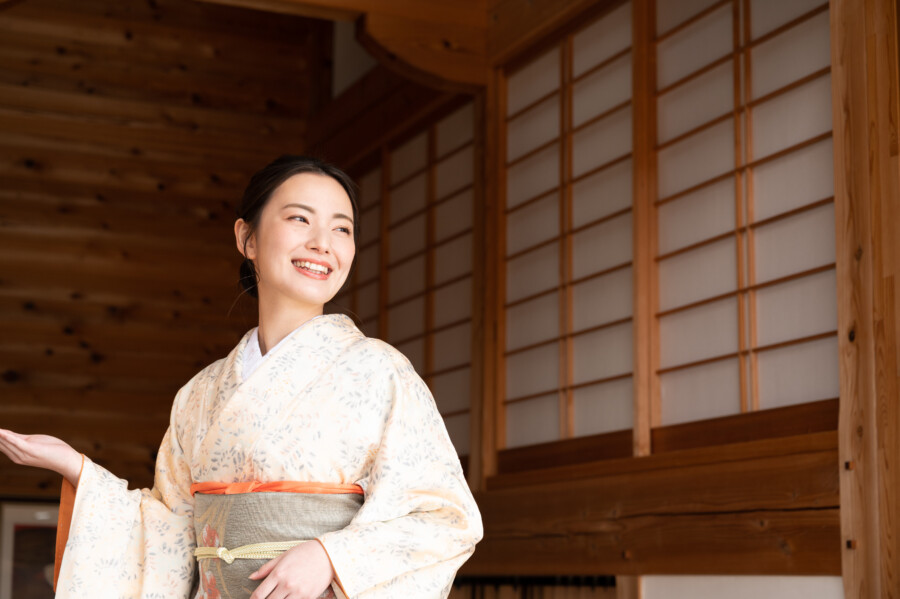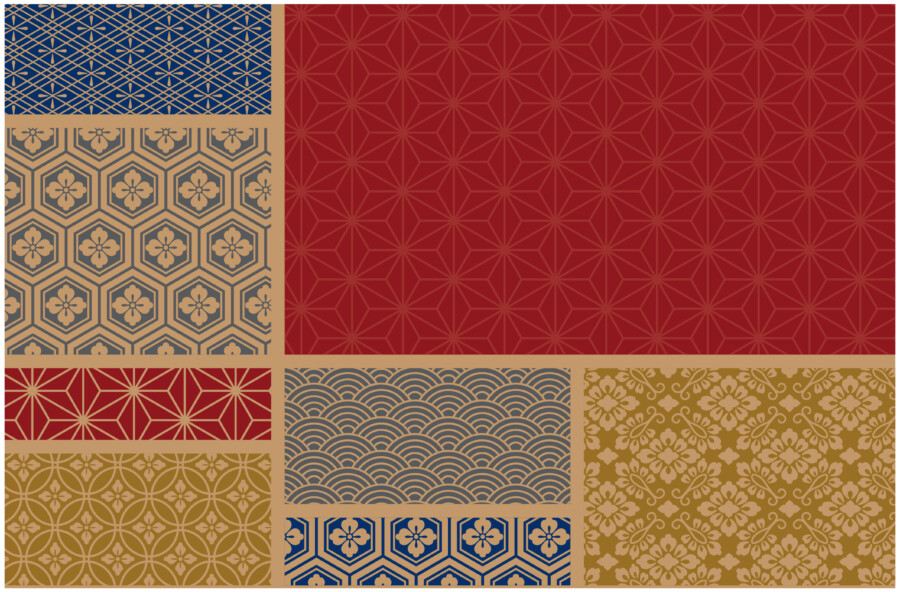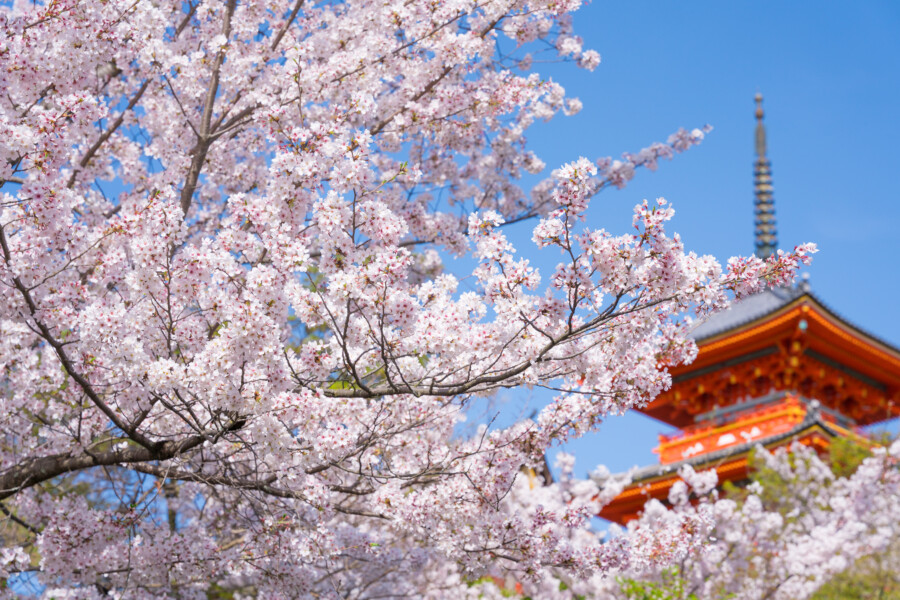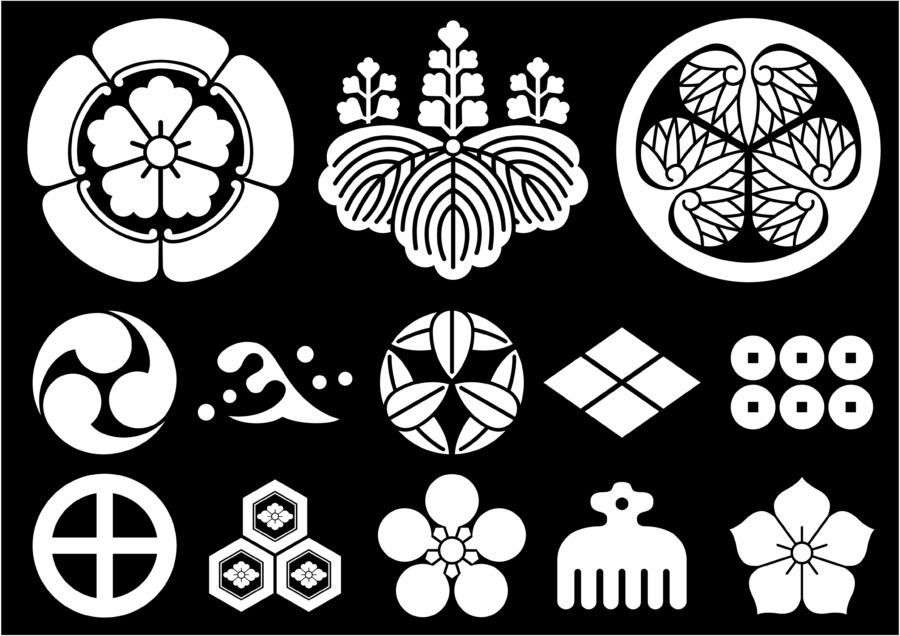
Japanese Brand Storytelling: Using Culture to Connect with Customers
In today’s saturated marketplace, standing out as a brand can be challenging. Consumers are constantly inundated with advertising, social media posts, and endless forms of digital content. Yet in Japan, many companies have managed to cut through the noise by weaving culture into the very fabric of their brand storytelling. This approach, often deeply rooted in tradition, helps businesses forge authentic connections with customers both domestically and abroad. In this article, we’ll explore why Japanese culture plays such a critical role in brand storytelling and how companies can harness its power to create lasting bonds with their audiences.
The Essence of Japanese Brand Storytelling
Japanese brand storytelling is more than just sharing a company’s mission statement or highlighting product features; it’s about tapping into a broader cultural narrative. By weaving elements of Japanese history, folklore, aesthetics, and values into their stories, brands can build deeper emotional connections with consumers.
One reason this strategy is so successful is the cultural emphasis on harmony and empathy. Known as “wa” (和), harmony is a core cultural value in Japan. Brands that exemplify this sense of balance and respect are seen as trustworthy and sincere. Additionally, the concept of “omotenashi” (おもてなし), which translates to a spirit of hospitality, shapes the way many Japanese companies interact with their customers. It’s a customer-first perspective that goes beyond mere service, focusing on genuine care and attention to detail.
By harnessing these cultural values, Japanese brands can create stories that resonate on an emotional level. Whether it’s a traditional confectionery company drawing on centuries-old recipes, or a high-tech startup inspired by the aesthetics of Zen minimalism, successful brand stories often revolve around this blend of heritage and innovation.
Culture as the Foundation: Authentic Connections
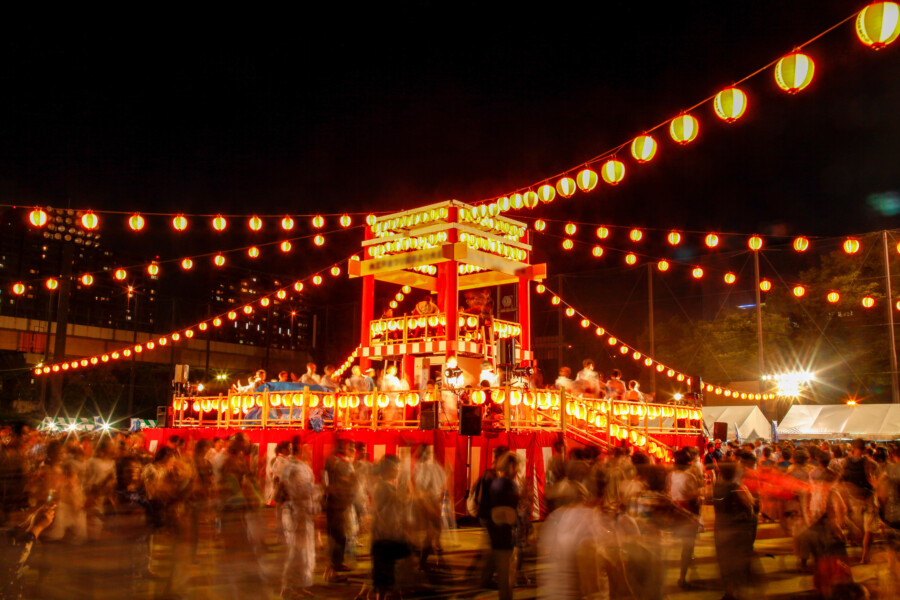
A strong cultural foundation allows brands to connect more authentically with both local and international consumers. The global appeal of Japanese culture—seen in everything from anime and manga to tea ceremonies and kimonos—offers brands a way to differentiate themselves in crowded global markets. By carefully integrating these cultural elements, companies can stand out and intrigue potential customers who are drawn to Japanese aesthetics, philosophies, and customs.
Highlighting Traditional Values
Brands that embody traditional values like respect, loyalty, and craftsmanship naturally appeal to consumers looking for authenticity. Japanese sake breweries, for example, often emphasize their long histories of meticulous brewing methods, evoking images of small-town artisans striving for perfection. This narrative of dedication and craftsmanship adds credibility, reassuring buyers of the brand’s commitment to quality.
Showcasing Cultural Rituals
Cultural rituals, such as the tea ceremony (茶道), offer a window into Japan’s unique way of life. When brands incorporate these rituals into their marketing, they provide consumers with a deeper experience. It’s not just about buying a product—it’s about engaging with a tradition steeped in mindfulness, attention to detail, and respect for nature.
Leveraging Local Communities
Another aspect of Japanese culture is the strong sense of community and local pride. Brands can highlight their regional roots, collaborating with local artisans or emphasizing the unique resources of a particular area. This approach underscores the idea that the brand is intertwined with a broader cultural tapestry, building trust and loyalty among consumers who feel a personal connection to those traditions.
Case Studies: Japanese Brands that Excel in Storytelling
Let’s take a closer look at a few examples of Japanese brands that have successfully woven culture into their storytelling strategies.
MUJI
Known for its minimalist design and dedication to simplicity, MUJI is an excellent example of brand storytelling rooted in the Japanese concept of “kanso” (簡素), which means simplicity. Instead of flashy logos and complex marketing, MUJI embraces plain packaging and streamlined store layouts. This understated approach doesn’t just differentiate MUJI in a global retail landscape—it also conveys the brand’s respect for consumers’ individual lifestyles. By not overburdening people with excessive features or decorations, MUJI trusts its customers to see the value in simple functionality, reflecting the subtlety of Japanese aesthetic traditions.
UNIQLO
UNIQLO positions itself as a brand for everyone, blending practicality with a sense of modern Japanese style. They consistently emphasize concepts like “LifeWear,” promoting clothing that is both comfortable and durable. While their designs are minimalistic, the brand uses technology like HEATTECH to elevate the concept of everyday wear. This blend of innovation and simplicity speaks to the Japanese ethos of constant improvement (kaizen, 改善), reminding consumers that basic wardrobe essentials can be improved upon with thoughtful design and engineering.
NISSIN (Cup Noodles)
NISSIN takes a different approach, blending fun pop-culture references with traditional Japanese elements. Their advertising often features iconic anime characters or vivid illustrations that tap into Japan’s rich artistic heritage. While their products are modern convenience foods, NISSIN manages to celebrate Japanese creativity through campaigns that spark imagination. The whimsical ads tie back to Japan’s love for manga, anime, and playful subcultures, making NISSIN a beloved household name.
Integrating Tradition with Modernity

A key part of Japanese brand storytelling is the successful fusion of tradition and modernity. Japan is known for its futuristic cities and cutting-edge technology, yet it also treasures ancient customs, architecture, and festivals. This duality gives brands a rich palette to work with:
- In Product Design: Companies like Shiseido combine sleek, modern packaging with references to traditional Japanese beauty practices.
- In Advertising: Automotive brands such as Toyota pay homage to heritage by portraying family values or incorporating classic Japanese symbolism in global advertising.
- In Corporate Culture: Businesses may adopt a traditional mentor-apprentice approach to employee development while simultaneously embracing the latest tech tools to streamline communication.
By striking this balance, brands convey that they respect their roots while also aiming to evolve. This approach resonates with consumers who look for both nostalgia and innovation in the products they use.
Practical Tips for Incorporating Japanese Culture in Brand Storytelling
For companies—Japanese or otherwise—that wish to imbue their storytelling with cultural authenticity, here are a few practical pointers:
Research and Respect
If you’re going to embrace Japanese culture, ensure that you have a deep understanding of its nuances. Misappropriating cultural elements can do more harm than good. Consult experts or collaborate with local communities to keep your message genuine.
Focus on Values
Japanese culture has many core values—respect, harmony, humility, craftsmanship, hospitality. Rather than just borrowing aesthetics, try to embody these values in your company culture and brand communication.
Build Emotional Connections
Storytelling is most powerful when it resonates on an emotional level. Highlight real narratives, historical timelines, or personal stories that illustrate how your brand intersects with Japanese traditions.
Emphasize Subtlety
Japanese design and communication often favor subtlety over extravagance. Whether it’s using muted color palettes or a restrained tone of voice, consider how understated elements can evoke a sense of calm and focus.
Adapt but Stay True
When targeting global audiences, adapt cultural references as needed—but don’t dilute the essence of your brand’s cultural identity. The unique blend of tradition and innovation is what makes Japanese branding so compelling.
Final Thoughts
Japanese brand storytelling offers a treasure trove of insights for businesses seeking to forge meaningful, lasting relationships with their customers. By grounding narratives in values of harmony, hospitality, craftsmanship, and respect, brands can create an emotional resonance that transcends national borders. As the world becomes more connected, consumers yearn for genuine stories that connect with them on a human level. Drawing from Japan’s rich cultural heritage—and combining it with modern innovations—can lead to powerful, distinctive brand identities.
Whether you’re a startup looking to establish credibility or an established brand aiming to revitalize your image, there’s much to learn from Japanese storytelling traditions. Embrace the spirit of “wa,” respect the importance of subtlety, and always strive to serve your audience with authenticity. In doing so, you’ll lay the groundwork for deeper, more meaningful connections—ones that resonate well beyond the point of purchase.





